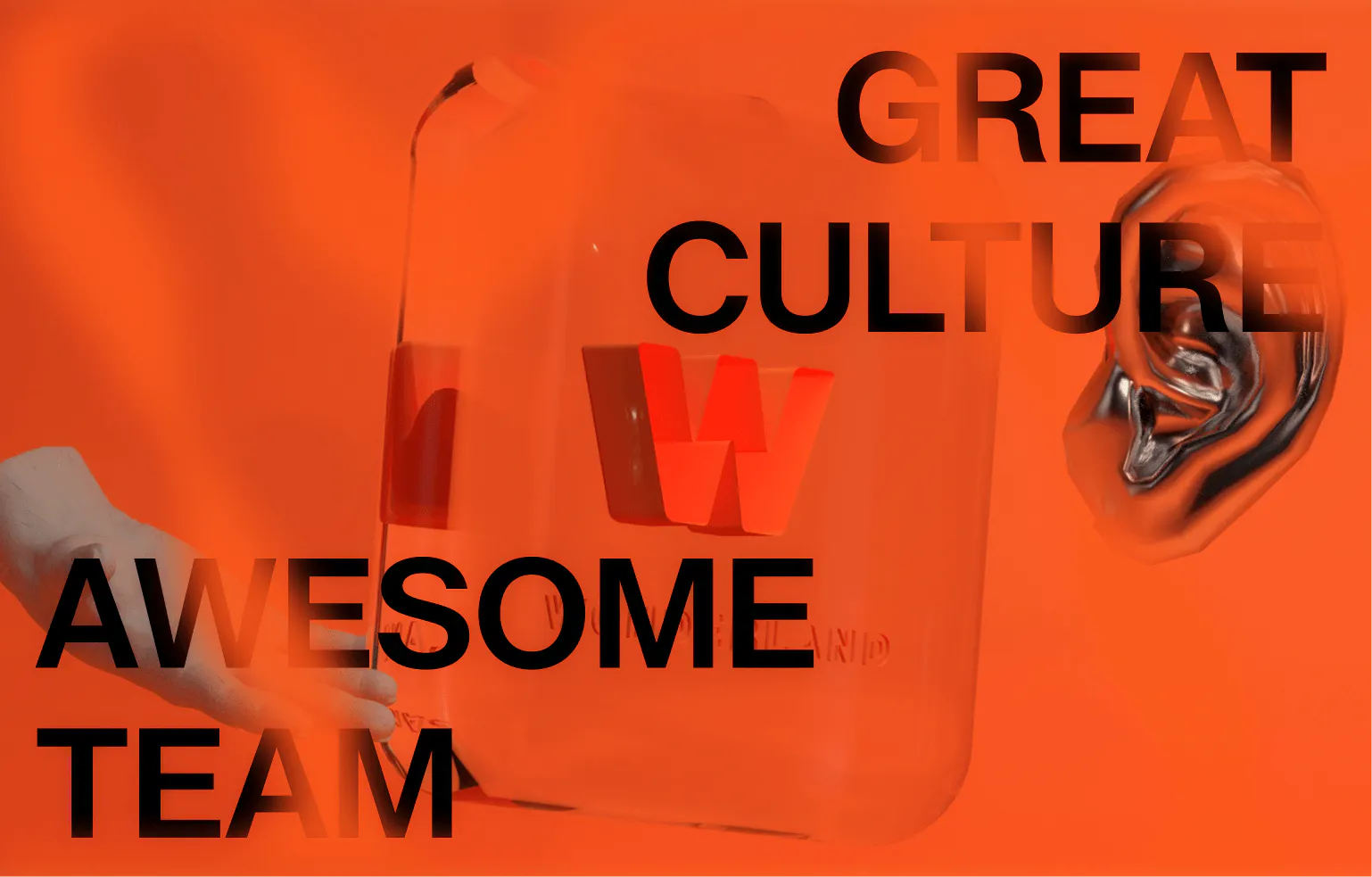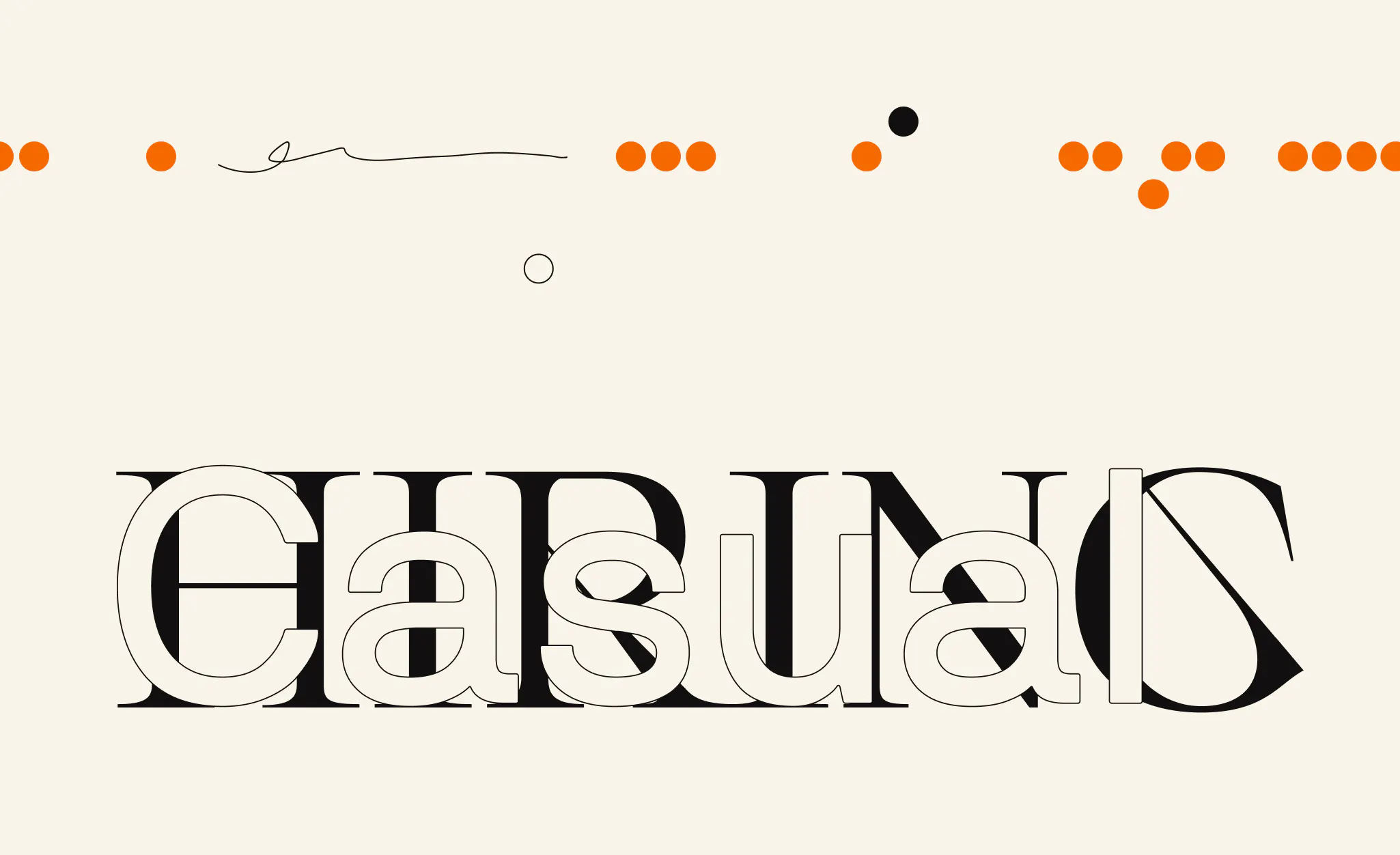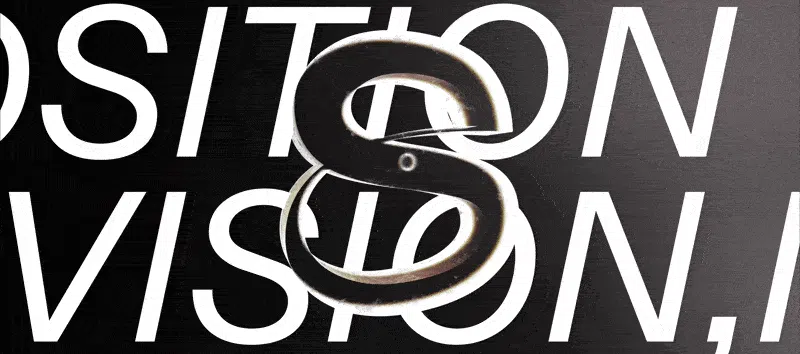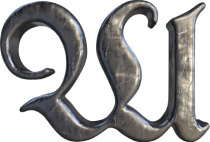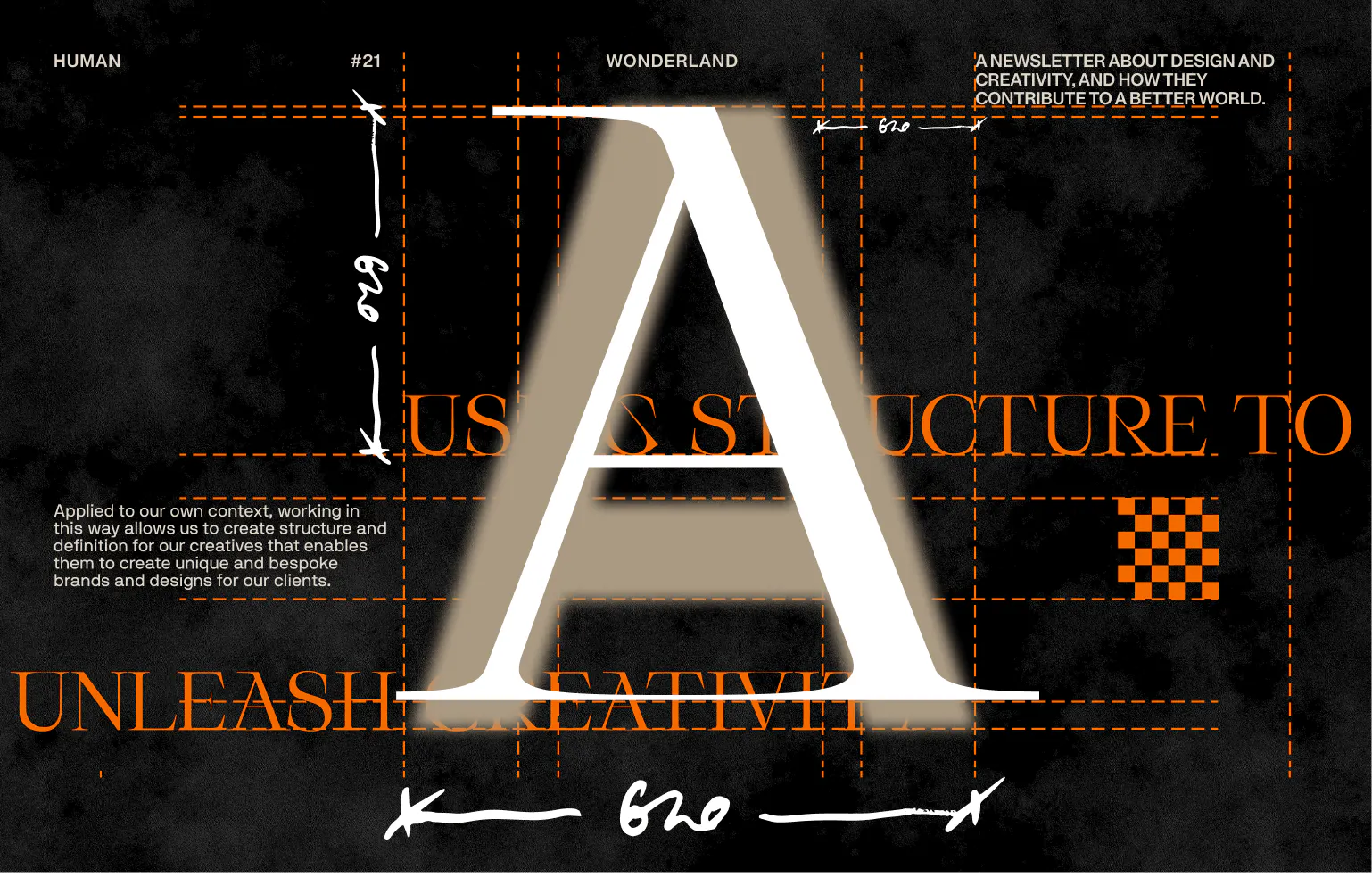
Using Structure to Unleash Creativity
Using Structure to Unleash Creativity
Senior Strategist and Business Developer
Structure is a critical element of the creative process for the simple reason that it allows creativity to be unleashed.
It feels contrary, doesn’t it? Structure and creativity. It’s like someone describing a right-angled circle or a one-way staircase. It doesn’t quite sit right and it’s a bit tricky to wrap your head around. But, surprising as it may seem, structure is a critical element of the creative process for the simple reason that it allows creativity to be unleashed.
It’s easy to imagine an artist sitting in their studio, or a potter at their wheel, creating something intricate and beautiful with little to no structure behind the process, and for the most part, this is because we want to imagine creativity this way. We want to envisage the flash of brilliance that leads to something beautiful and unexpected, something new. We’re not saying this can’t be the case, in fact, we’re sure that it often is, but within a studio environment, this is rarely the preferable course.
By bringing a structure to our process, we can open the space our creatives need to do what they do best, create. By first defining a strong strategy for them to follow, we can create the parameters within which they can design. This sets the rough guide rails within which they can play, ensuring they can be efficient and creative without becoming overburdened by choice and opportunity.
To give you an example, imagine you said to someone: “Paint me a landscape.” The end result would be different from person to person. One might envisage a luscious and verdant rainforest, with a slow-moving river and jungle creatures throughout. Another might paint the endless steppes of Mongolia or the Prairies of the US with a single solitary tree. The next might return with a minimalist two-toned depiction of a snow-capped mountain range. Another might return with the ocean being lashed by storms as it reaches the shore. You get the picture.
Now ask the same question, but this time add some structure around it. Give it a brief: “Paint me a summer landscape. And make it somewhere in Western Europe.” Of course, the end results will be different, but the theme will be the same. We’ll see sun-kissed fields and cities, rolling hills and trees wrapped in summer cloaks of rich green. We’ll see people lying on beaches or sailing on yachts. We’ll see creativity bound by the structures of the brief.
By adding structure, we create a playground for the creatives that limits the limitless without restricting creative freedom or artistic expression.
Applied to our own context, working in this way allows us to create structure and definition for our creatives that enables them to create unique and bespoke brands and designs for our clients. Typically, this structure is defined by the discovery/data analysis, and strategy phases, where the first feeds into the second. By creating a strong strategic direction and definition, parameters are set for our creatives to work within that can be used to frame their final outputs.
The end result is focused creativity, based on extensive research and a defined and refined strategic direction, ensuring that our deliverables are aligned with both what the client's needs, as well as what their category and customers what. Ultimately, this results in better brand cut-through, stronger recognition, and longer-lasting customer retention.

